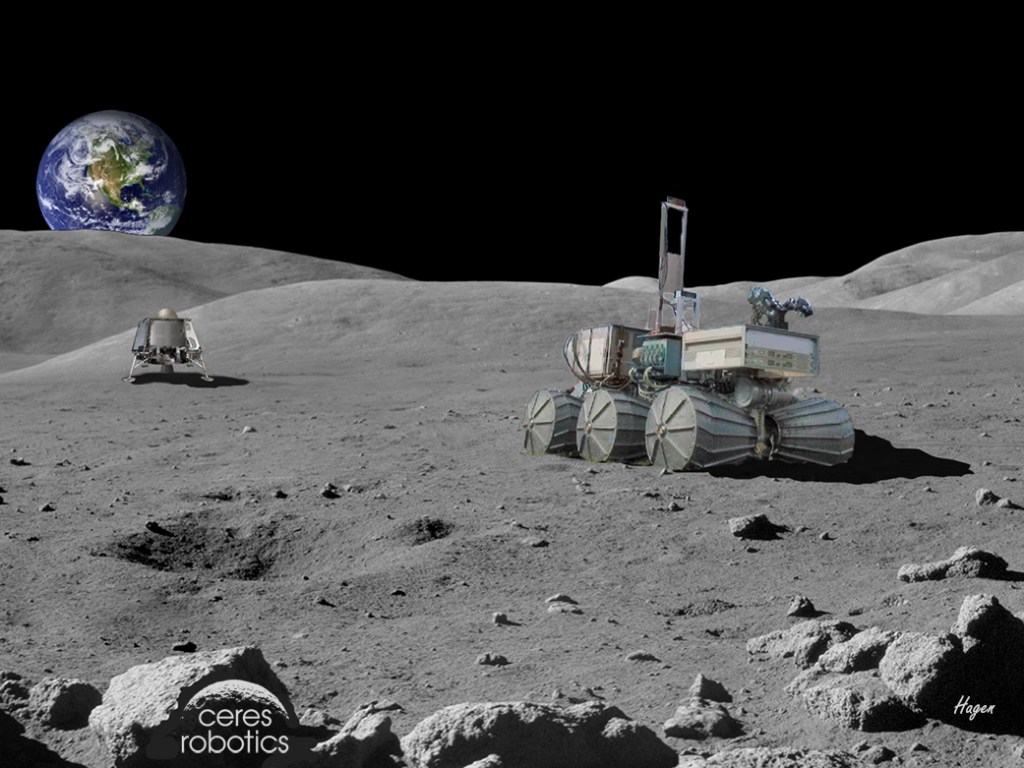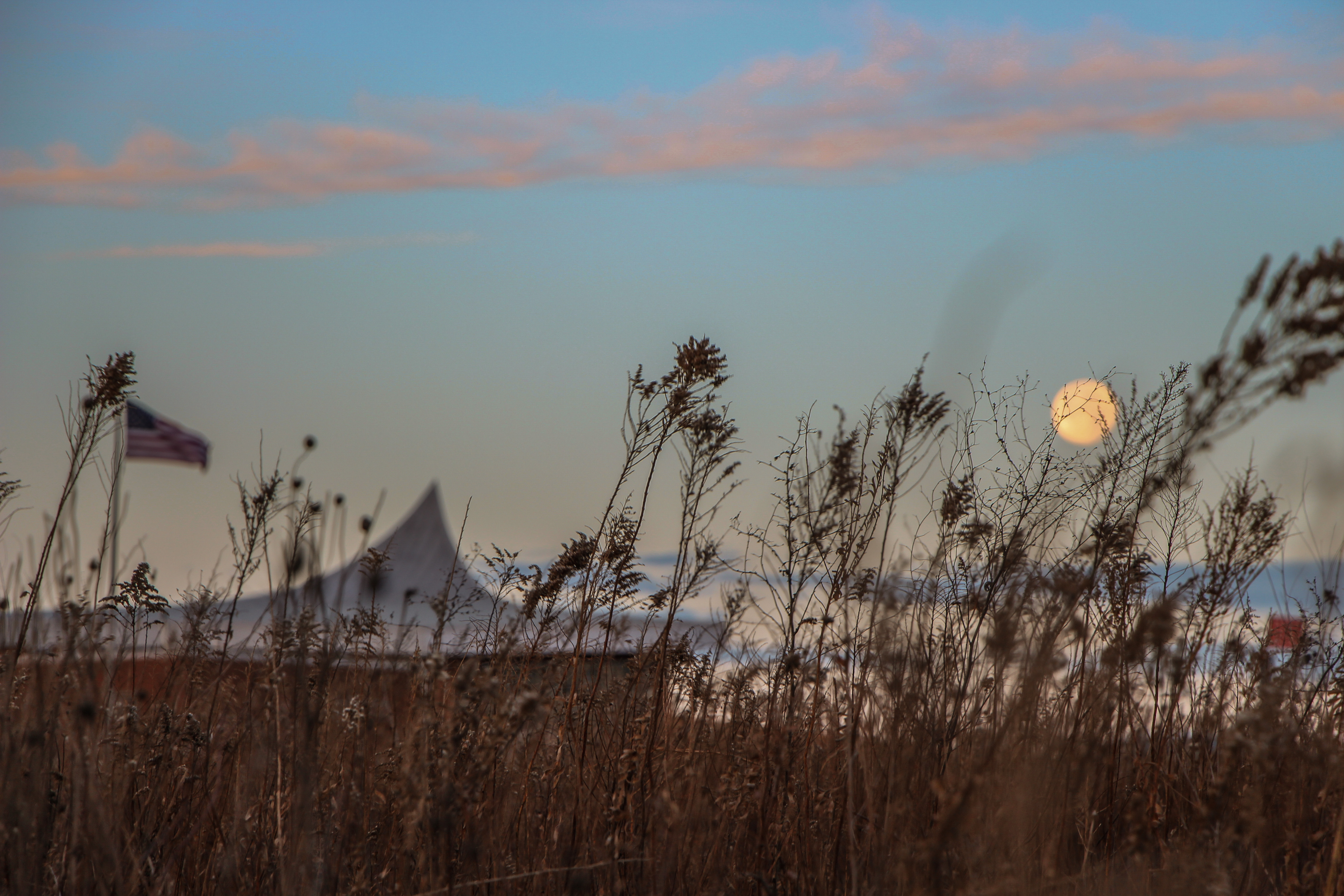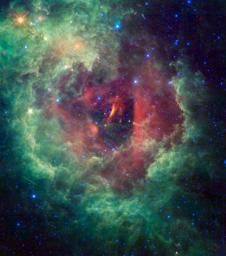
Audience
Students
Education Opportunity
Contests and Challenges, Events, In Person
Grade Levels
Higher Education
Subject
Computer Science, Engineering Design, Physical Science, Space Science, Forces and Motion, Missions to Planets and Moons, Planetary Geology
When Artemis astronauts land on the Moon, their spacecraft will stir up a cloud of dust. This effect is called plume-surface interaction (PSI) and it can increase risks caused by lunar dust. NASA’s Human Lander Challenge (HuLC) seeks near-term, innovative solutions that can help NASA understand, mitigate, and manage the impacts of lunar PSI. Potential solutions might include development of dust shields, creating flight instrumentation dedicated to managing plume surface interactions, finding ways to see through the dust cloud during landing, or tracking dust during ascent and descent.
Up to 12 teams of undergraduate and graduate students will be selected to receive $7,000 to continue developing their proposed concepts and compete at the inaugural Human Lander Challenge Forum in Huntsville, Ala. in June 2024. The top three teams will share a total prize of $18,000.
Proposal categories include (but are not limited to):
- Trade Studies on Landing Trajectories that Minimize PSI;
- Reduction/Mitigation of Erosion (Cratering) and Ejecta during Descent, Landing, and Ascent;
- Development of PSI Flight Instrumentation/Measurement Methods and Concepts;
- Tracking Dust During Descent, Landing, and Ascent;
- Instrumentation Performance Through the Dust Cloud During Landing;
- Human Landing System Asset Safety (ejecta damage, excessive lander heating, etc.); and
- PSI Modeling and Validation.

























